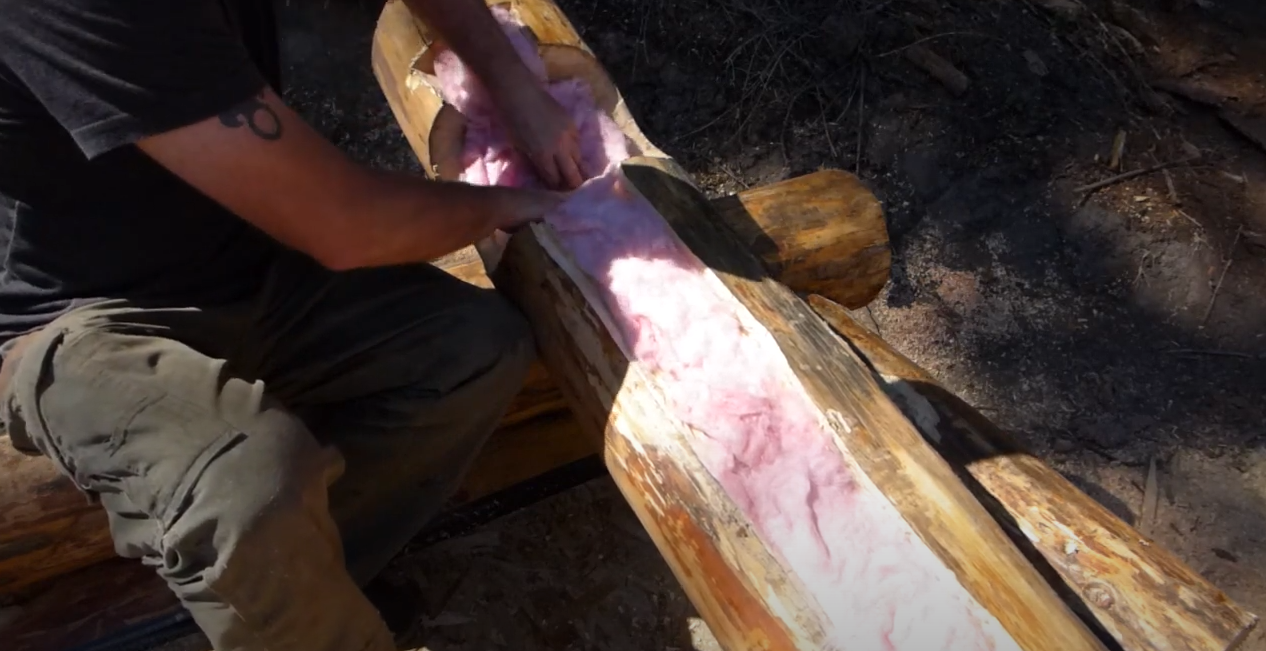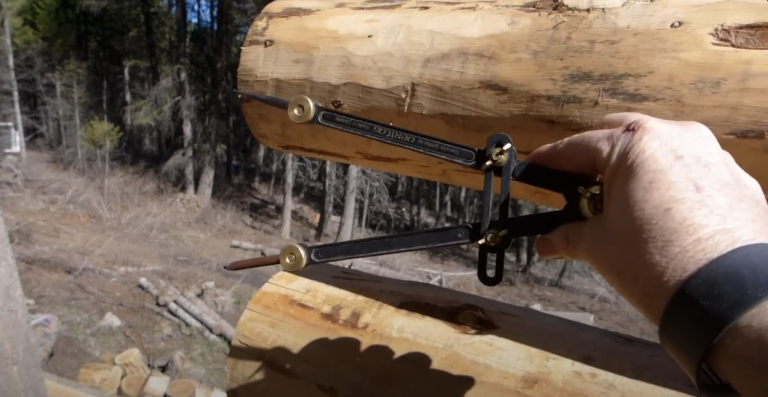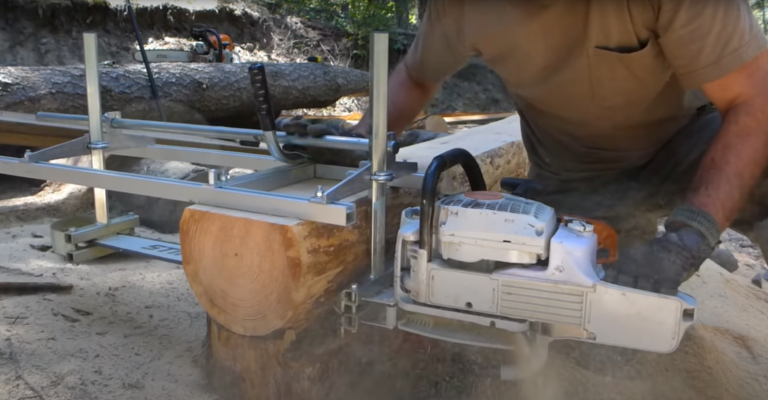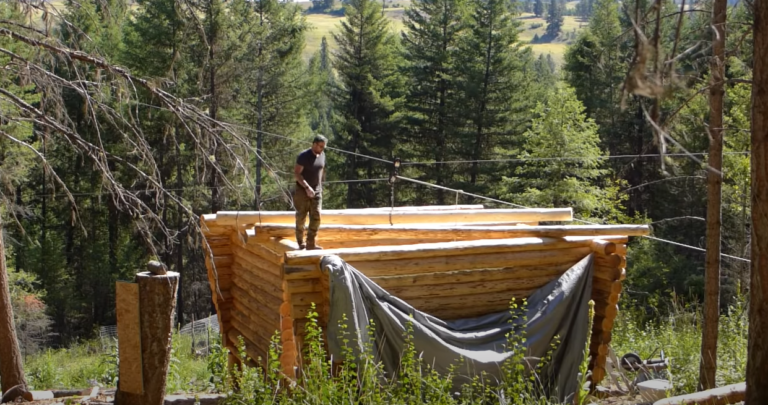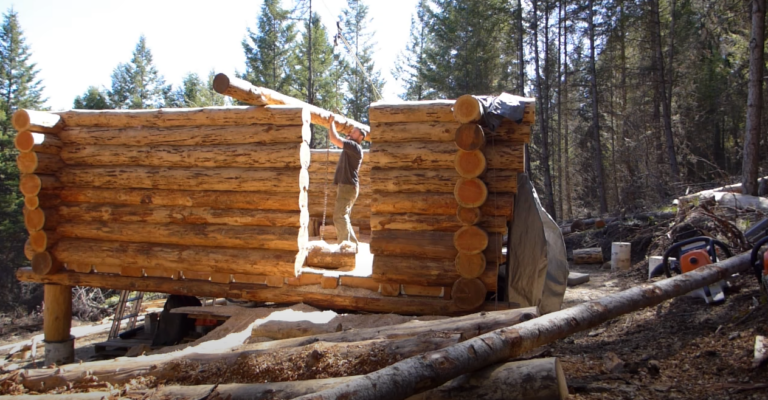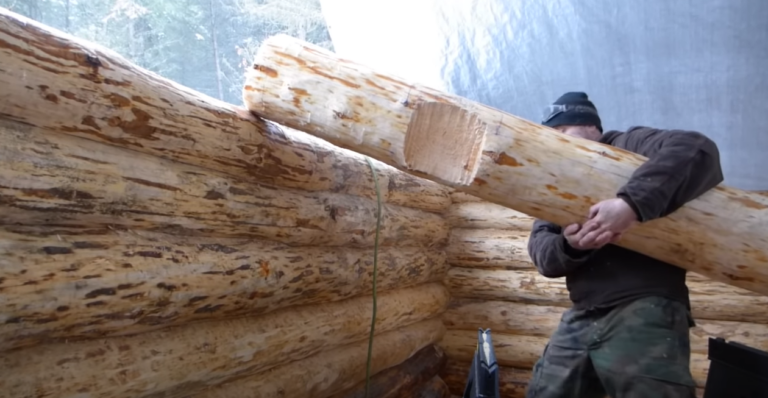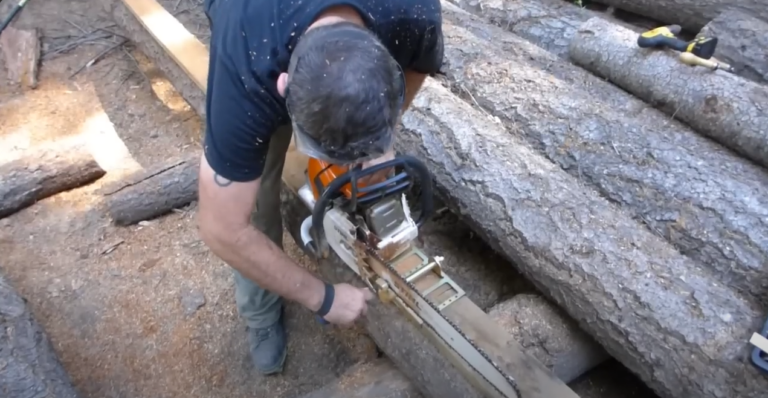Off Grid Log Cabin Build – Wall insulation
Securing Logs and Insulating Our Off-Grid Cabin
In this video, I’ll walk you through the process of securing the first round of logs to the cabin floor and laying insulation between the logs. As the logs dry and shrink over time, small gaps may develop, which is a natural part of the settling process.
The fiberglass insulation you see here isn’t acting as a traditional insulator, its primary role is to block airflow and prevent drafts from penetrating the interior of the cabin. This is a modern approach to an age-old challenge.
Historically, log cabin builders used natural materials to seal gaps and insulate their structures. Techniques included:
- Moss: A common, readily available material that was packed tightly between logs for insulation.
- Mud: Often mixed with other organic materials to create a durable seal.
- Home-Brewed Chinking: A traditional mixture of mud, clay, grass, and moss, which was applied between logs to fill gaps and improve weather resistance.
These methods not only provided insulation but also added to the rustic charm of early log cabins. While we’re using modern materials like fiberglass for practicality, it’s fascinating to see how these historical techniques laid the foundation for the methods we use today.
Join me as we continue building our off-grid cabin, blending modern innovation with timeless craftsmanship!

